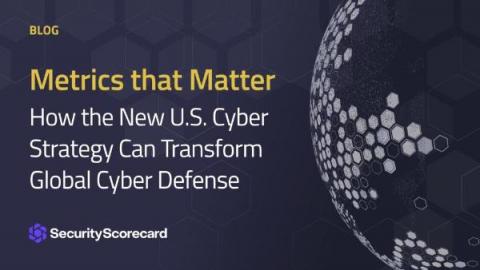Security | Threat Detection | Cyberattacks | DevSecOps | Compliance
Security
Metrics that Matter: How the New U.S. Cyber Strategy Can Transform Global Cyber Defense
Today’s release of the White House’s National Cybersecurity Strategy is the result of more than a year of government and industry collaboration that sets new boundaries for the government approach needed to improve global cyber defenses. The strategy clearly represents a shift away from decades-old voluntary compliance regimes to a more aggressive regulatory construct that seeks to shift cyber burdens onto providers/developers and owners and operators of critical infrastructure.
Setting up an efficient Vendor Risk Management Program
Getting started with Attack Surface Management
Improving vendor relationships through better collaboration
UpGuard Product Spotlight Q1 2023
Traveling with OAuth - Account Takeover on Booking.com
OAuth (Open Authorization) is a modern, open authorization standard designed to allow cross-application access delegation – for example, allowing your application to read data from your Facebook profile. Combined with the proper extensions, OAuth can also be used for authentication – for example, to log into your application using Google credentials. Since its first introduction in 2006, OAuth has gained tremendous popularity.
OAuth security gaps at Booking.com (now remediated)
The hazards of not using just-in-time (JIT) privileged access in Active Directory
Active Directory (AD) is the foundation of managing identities, provisioning users and issuing permissions to network resources. These permissions range from the lowest levels of access to the highest levels of admin rights for privileged users. While having control over these permission levels is useful, organizations can open themselves up to serious vulnerabilities if they don’t manage the permission levels carefully.
SASE in Manufacturing: Overcoming Security and Connectivity Challenges
Industry 4.0 is revolutionizing the manufacturing industry as we are witnessing numerous innovative technologies such as AI, IoT, and Robotic Process Automation (RPA) helping manufacturers enhance their supply chain, logistics and production lines. While we see these operations evolving into smart factories, the industry still faces challenges that could adversely impact its ability to realize the full potential of Industry 4.0.











